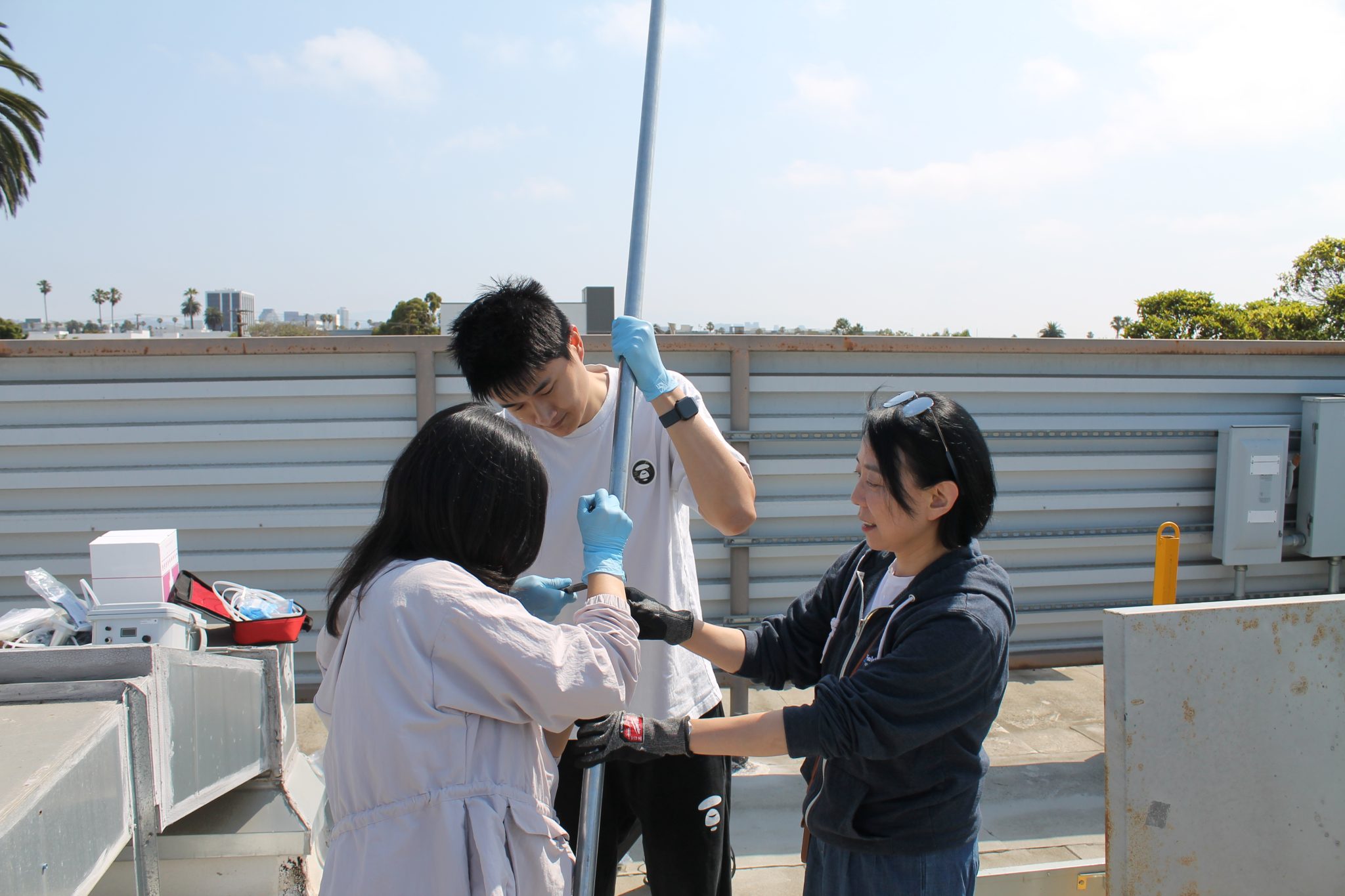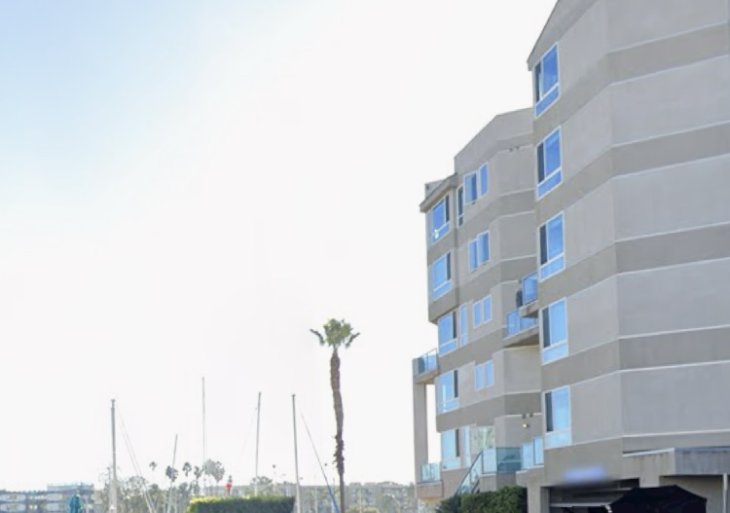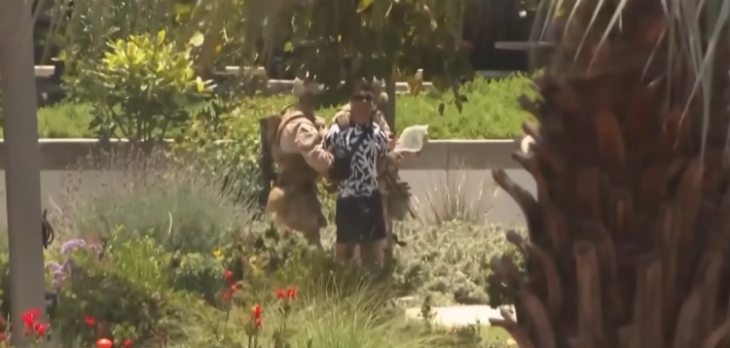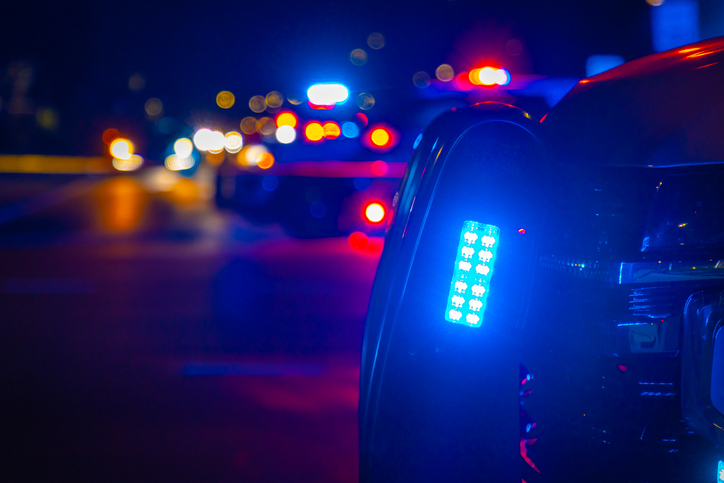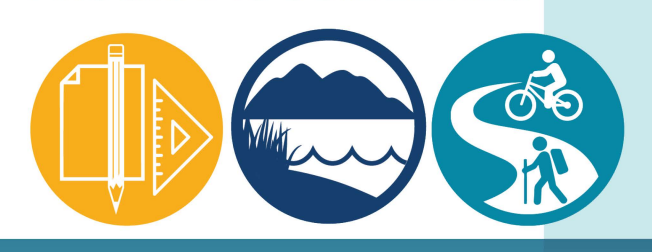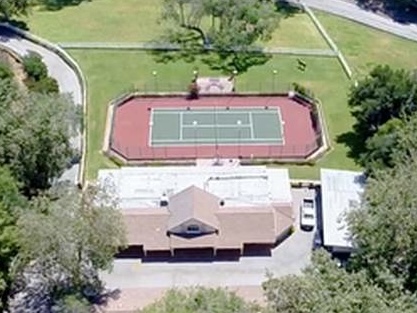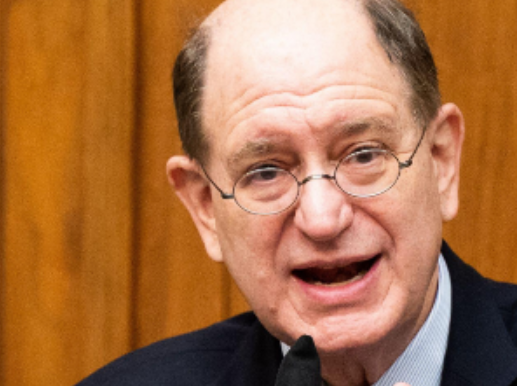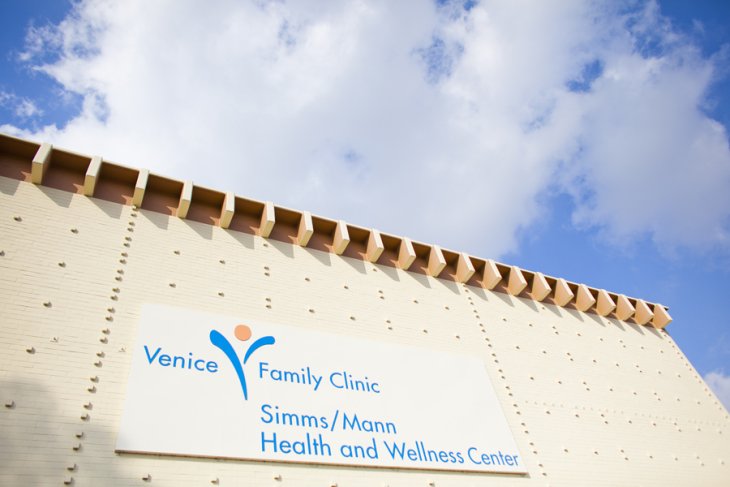The project spans from Topanga State Park through Pacific Palisades, Brentwood, and Santa Monica, addressing pollution risks from the blaze that damaged over 18,000 structures
A UCLA-led team completed the installation of 20 air quality monitoring stations across western Los Angeles County this month, providing real-time data to residents as reconstruction efforts continue following the January Palisades fire.
The Community Action Project (CAP) Los Angeles Air, or CAP AIR, spans from Topanga State Park through Pacific Palisades, Brentwood, and Santa Monica, addressing pollution risks from the blaze that killed at least 29 people and damaged over 18,000 structures, county officials reported.
Dr. Yifang Zhu, a UCLA Fielding School of Public Health expert leading the project, emphasized the urgency: “The fires released a complex mix of particulate matter and volatile organic compounds from burned structures, vehicles, and household products, and these emissions can persist for weeks to months.” She added, “Cleanup activities—debris removal and demolition—and construction may further stir up dust and other contaminants, prolonging exposure risks for returning residents and construction workers, so our goal here is to give residents access to real-time, local air quality data, help identify pollution hotspots, and inform public health responses.”
Funded by the R&S Kayne Foundation and the Danhakl Family Foundation, the network uses a public dashboard updated every 5-10 minutes, displaying color-coded air quality levels from green (good) to dark red (hazardous) for particles like PM10 and PM2.5.
Dr. Victoria Danhakl, a Palisades resident and foundation trustee, said, “As both a mother and a physician, I believe Dr. Zhu’s air quality research is essential for all residents. Air sensors are tools that give us real-time data to protect our kids, our patients, and our community.”

